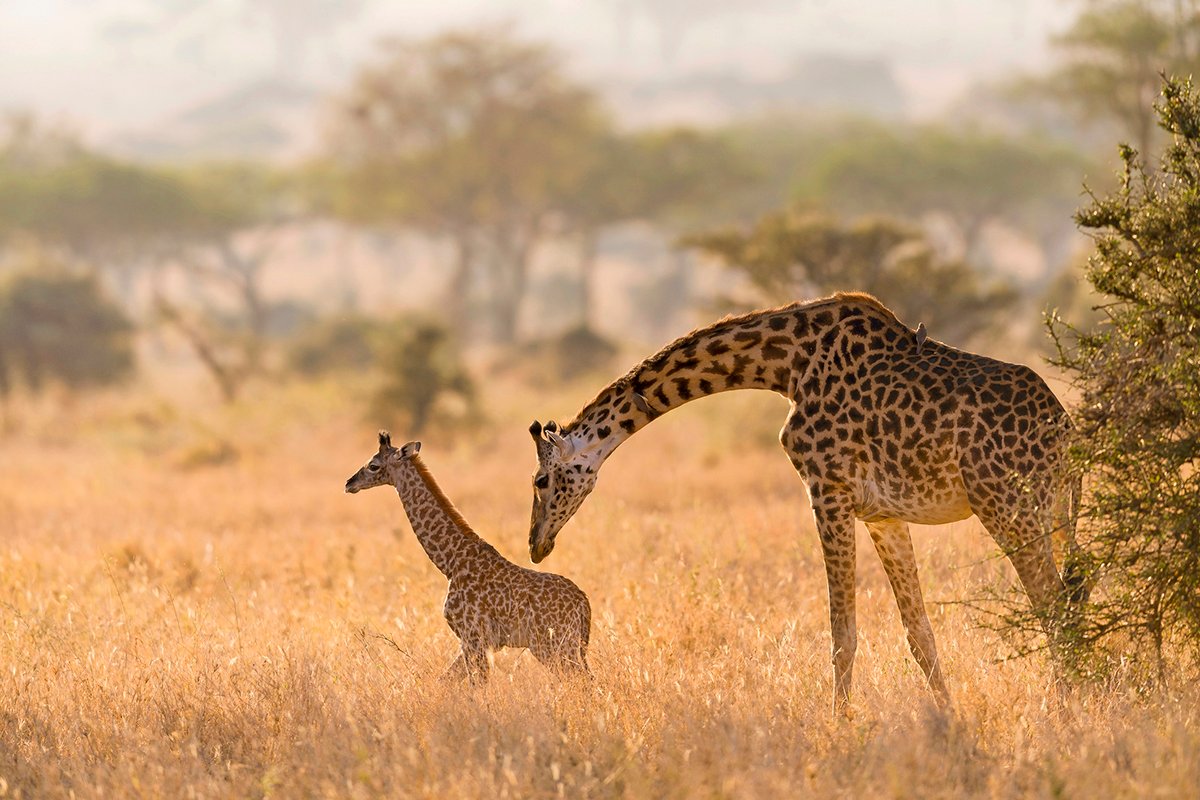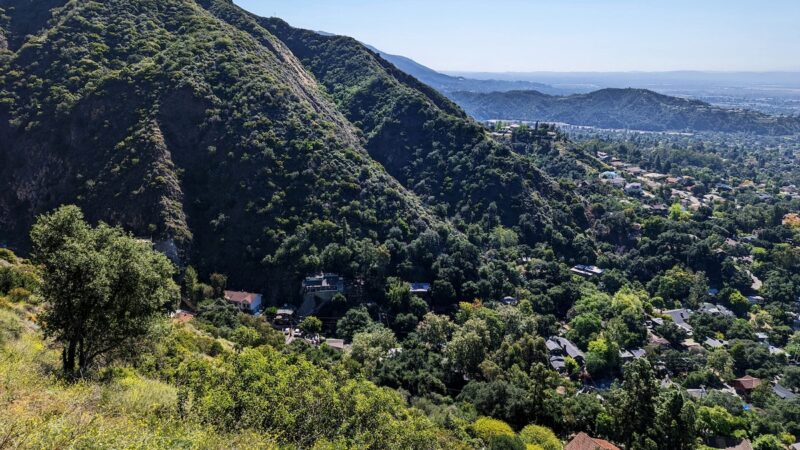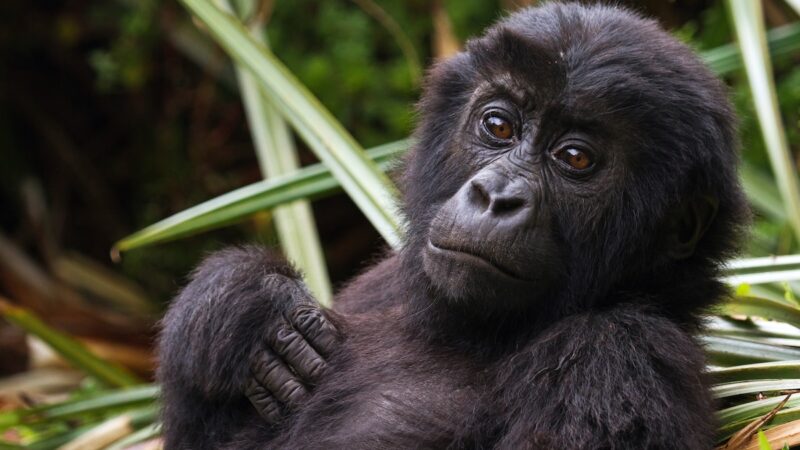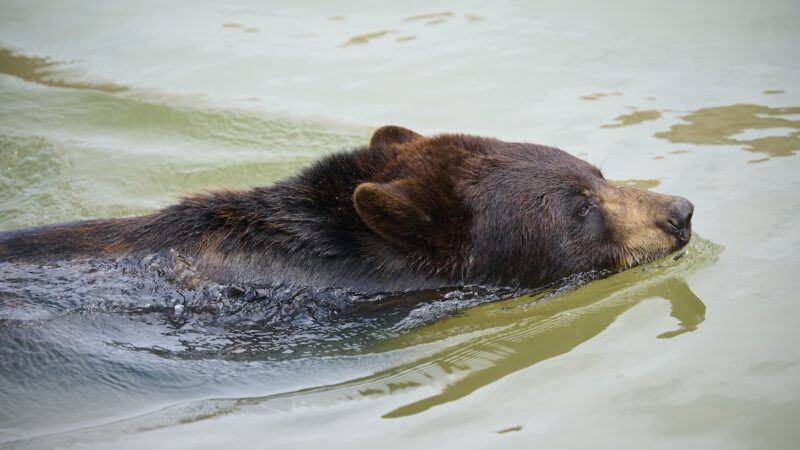5 Amazing Examples of Mothering in Nature
This Mother’s Day, celebrate your mom with an amazing outdoors-inspired gift. And then share some of these amazing animal-mom facts with her, because we know she’ll appreciate and relate to some of them.
1. It takes a village
Did you know that African elephants practice communal parenting? Alloparenting is when members of a group care for young that aren’t their biological offspring. For example, when an elephant calf is born, parents in the herd (not necessarily just the calf’s parents) help clean the calf with their trunks. For African elephants, which live in complex family groupings, it really does take a village to raise babies.
2. Ride on the wild side
Orangutan moms carry their babies on their backs for up to two years. During those early years, baby orangutans learn many life lessons from their moms, like where to find fruit and how to build a sleeping nest. If that sounds pretty similar to what human moms do for their babies, it could be because we share about 97% of our DNA with orangutans.
3. Big babies

In human circles, a big baby usually means 9-10 pounds at birth. Now imagine having a 150-pound baby or one that’s 6-feet tall! That’s the average size of a newborn giraffe, which starts life with a fall, since giraffe moms typically give birth standing up. Even at 6-feet tall, young giraffes aren’t tall enough to reach the leaves on trees for quite a while, so mom has to get them their food.
4. Breadwinner (or “fish winner”?)
Mother emperor penguins lay an egg then leave the tending to their mates. While dad protects the egg, mom travels up to 50 miles to the ocean to find food for the family. She brings back a feast of fish just in time to feed her newly hatched penguin chick. Talk about a working momma!
5. Anything to protect their babies
All across the animal kingdom, moms make sacrifices for their babies. Pacific gray whale moms leave cool, nutrient-rich waters behind in the name of safety. Arctic waters may be full of food, but they’re also full of predators. Moms and calves travel to southern, tropical lagoons with limited food supply in order to protect young gray whales from orcas that hunt in the Arctic.
Source: https://outdoors.com/amazing-examples-of-mothering-in-nature/







